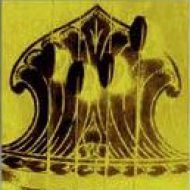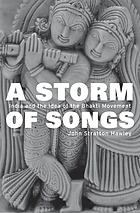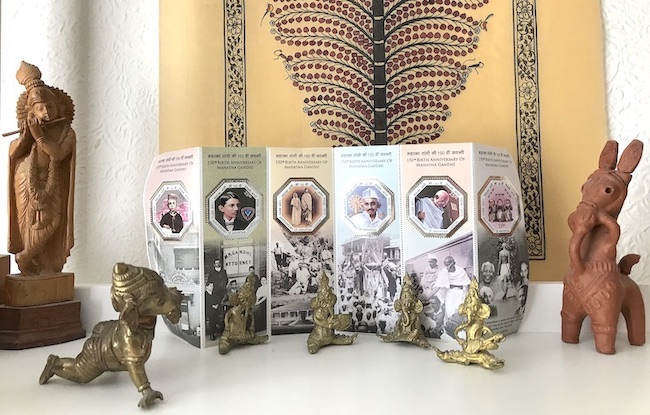One of the debated topics in Carnatic music is the deviation by musicians from the so-called ‘original’ pathantaram of kriti-s. This article is not an attempt to provide a conclusive answer to end the debate but a constructive provocation and an invitation for opening up the topic for a wider debate. […]
While in matters of art and aesthetics no rule can be imposed on either the artists or their audiences, some relevant considerations in the matter appear to be: Is there incontrovertible proof in all such cases that the ‘versions’—which includes the raga, its arohanaavarohana, mela and musical phrasing—touted as the original or authentic are really the versions composed by their authors? In the case of modern composers there may not be any problem because most of them write them down in notation which, in spite of the inherent limitations of any notation to capture all the nuances of Carnatic music, provides at least a defence against wholesale distortion. In the case of composers who lived during an earlier era of entirely oral transmission of music, there would be real difficulty in ascertaining the authenticity beyond doubt. […]
Read this valuable essay and more on Sruti.com >>
Source: “‘Original’ pathantaram-s of kriti-s” by PK Doraiswamy, Sruti Magazine
URL: https://www.sruti.com/index.php?route=archives/article_details&artId=98
Date Visited: 3 March 2022
More about the above person(s) and topics
Periodicals and sites included | More resources | Disclaimer >>



